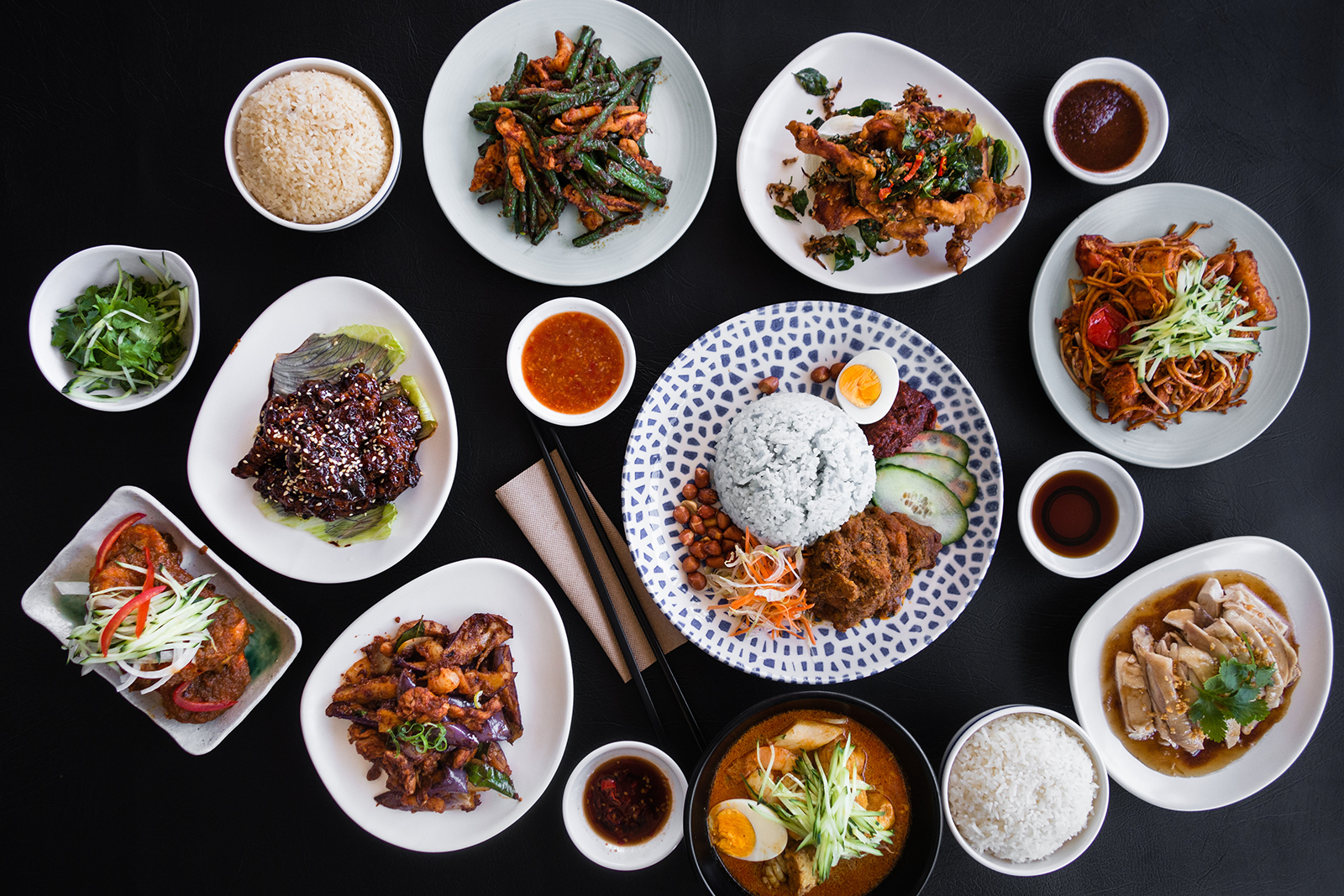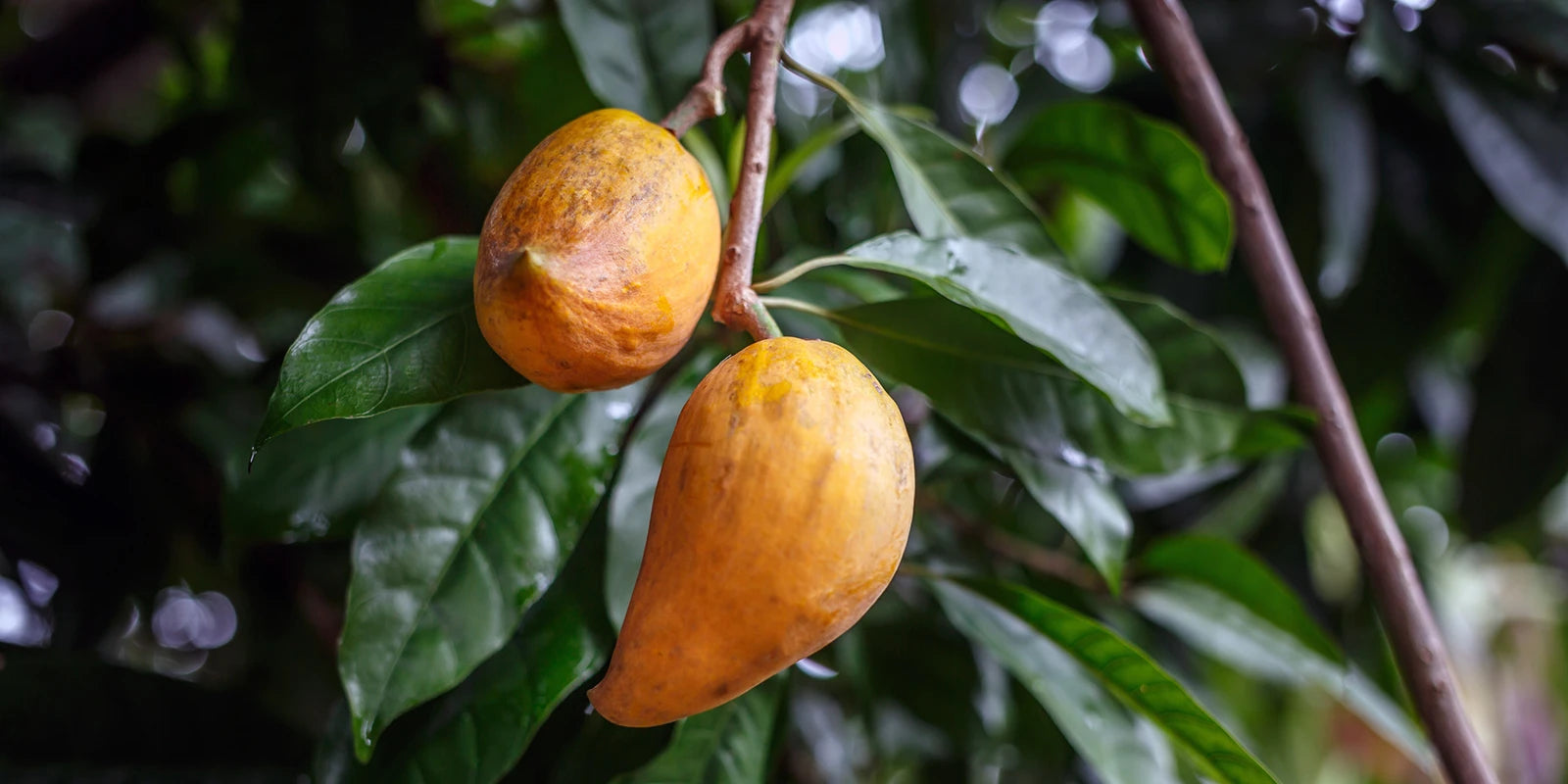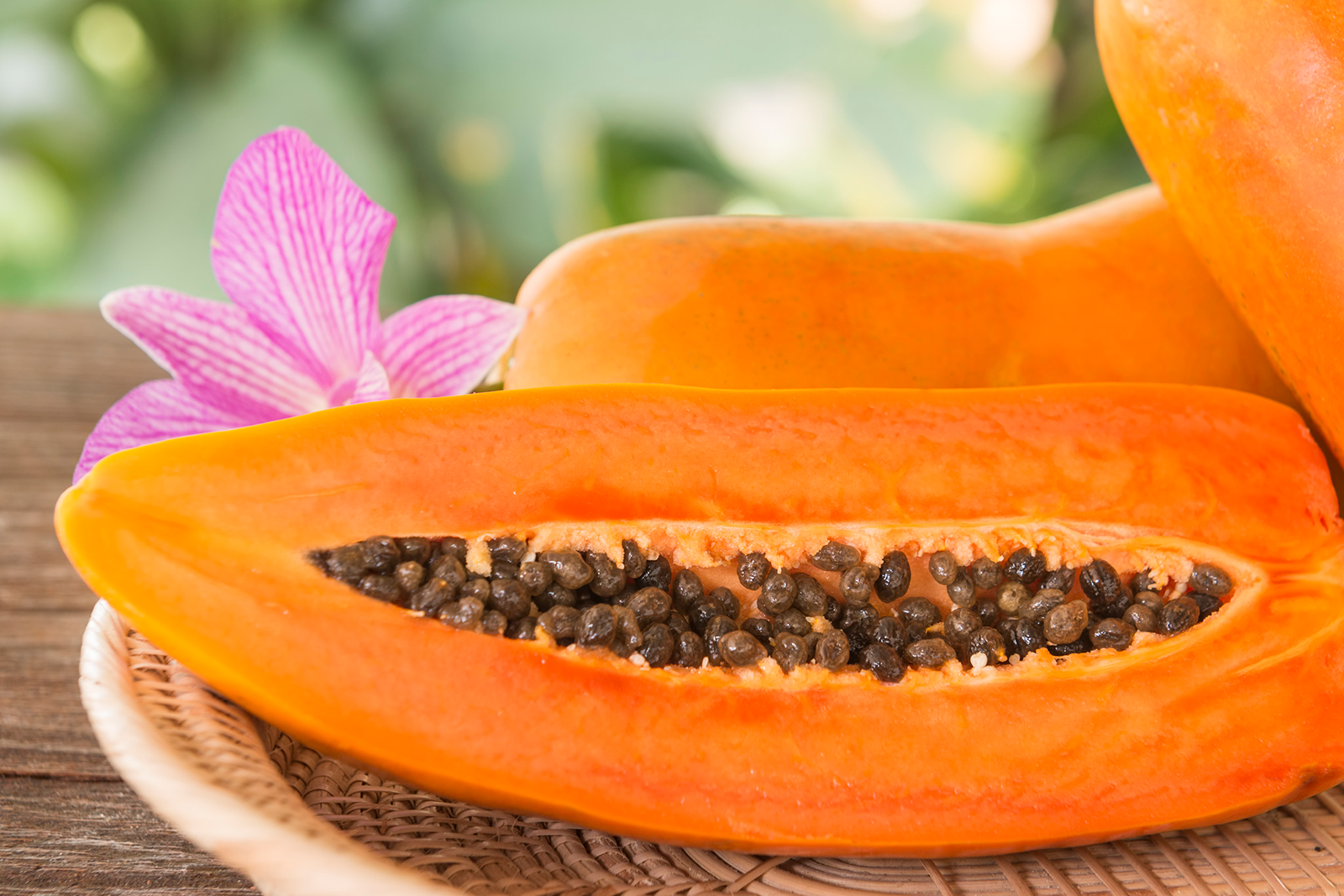All Spice
All Spice (Pimenta dioica)
This is a cutting grown All Spice plant from a very old tree that produces an abundance of berries - so there’s no need for female or male plants. The All Spice is also known as The Wonder Plant for its uniqueness. It works almost like a natural flavour enhancer in cooking and baking and is a well kept secret many do not wish to share. What’s most fascinating about this plant is that it seems to possess a combination of the flavor of all spices! However, it has a flavour that is unique to itself. This remarkable plant is known by different names such as Jamaica Pepper, Kurundu, Myrtle Pepper, Pimenta, and Newspice.
The Allspice plant is a member of the Myrtle family. In Jamaican cuisine, the leaves of the plant play a role similar to that of Bay Leaves in Indian cooking. These leaves are normally used in regions where they are grown in greater quantity. The seeds of this plant are valuable as they are sun dried and used for medicinal purposes such as to treats colds and coughs. In India, the leaves of the All Spice plants are used for preparing meat dishes and chutneys. In America, they are used for preparing desserts such as cakes on account of the flavour they provide. They are also one of the most crucial ingredients used in Caribbean cuisine.
Plants are bigger than the photo
Plant Care
- Soil: Prefers rich, well-drained soil with plenty of organic matter, and a slightly acidic to neutral pH.
- Watering: Needs regular and consistent watering to keep the soil evenly moist, particularly in dry conditions. Avoid waterlogging.
- Temperature: Thrives in warm, tropical environments; ideal temperatures are between 18°C and 32°C. Not tolerant of frost.
- Light: Prefers full sun to partial shade, with protection from the hottest midday sun in warmer regions.
- Fertilising: Use a balanced fertilizer like 10-10-10 every three months during the growing season to support overall growth and health.
- Pruning: Light pruning can be done to maintain shape and encourage bushier growth. Remove any dead or diseased branches regularly.
- Mulching: Apply organic mulch around the base to help retain soil moisture, regulate soil temperature, and suppress weeds.
- Pest Control: Monitor for pests such as scale and aphids. Treat with appropriate insecticides or introduce natural predators as needed.
- Flowering and Fruiting: Produces small, white flowers that are aromatic and followed by berries that turn from green to a rich, dark brown when ripe.
- Potting: Suitable for large containers, ensuring adequate drainage and space for growth.
- Feeding Regime: Additional applications of potassium-rich fertilizers can enhance the flavor and oil content of the fruits.
We ship our plants and garden supplies throughout New Zealand. Due to the increased costs of shipping and packaging, we now apply a delivery charge. After offering free shipping for three consecutive years, we find it necessary to adjust this policy to align with current market conditions. However, we have lowered our prices to help offset this change.
Please note, we do not ship plants or garden supplies internationally from New Zealand. We do export plants and tissue culture materials from our overseas nursery, which requires a minimum order. Please contact us at hello@exoticanz.com to discuss your specific requirements.
Shipping (plants) from:
North Island Urban $25
North Island Rural $35
South Island Urban $25
South Island Rural $35
Shipping Garden Supplies:
North Island Urban $20
North Island Rural $25
South Island Urban $35
South Island Rural $45
Delivery
- Our plants are available for shipment from September to April, depending on stock levels. Typical delivery times range from 5 to 7 business days, although they can take up to 10 business days depending on the destination.
- We take extra care in packaging; most of our plants are secured in bespoke inserts and shipped in individual boxes to ensure they arrive undamaged.
- Deliveries are scheduled once a fortnight, typically on Monday. If you place your order over the weekend, we aim to dispatch your plants on the following Monday. This scheduling allows our team to prepare your order thoroughly and ensures the courier has sufficient time to deliver your plants safely, avoiding any unnecessary delays over the weekend.
- All orders are shipped via courier track and trace service (not signature required)
- We cannot deliver to PO Box addresses.
- If you have a rural address, please contact us beforehand to discuss the best delivery options and avoid any potential issues.
Additional Delivery Information
- Most plants are shipped with soil. During the cooler months, we closely monitor weather conditions and may temporarily delay shipments if the weather is particularly severe. Our packing process includes adding insulation when necessary to protect the plants against temperature extremes.
- In summer, we ensure that plants are thoroughly watered before they leave our nursery. Occasionally, we may need to ship plants bare-rooted, particularly when they cannot be comfortably re-potted into smaller packaging for shipping. We will always discuss this with you in advance if your plant needs to be shipped in this manner.
- It's important to note that shipping can be a stressful experience for plants, often due to spending several days in a dark, confined space. While most plants withstand this with little to no stress, some may experience leaf drop. However, they generally recover quickly with some additional care, including proper watering and gradual reintroduction to light after arrival.











